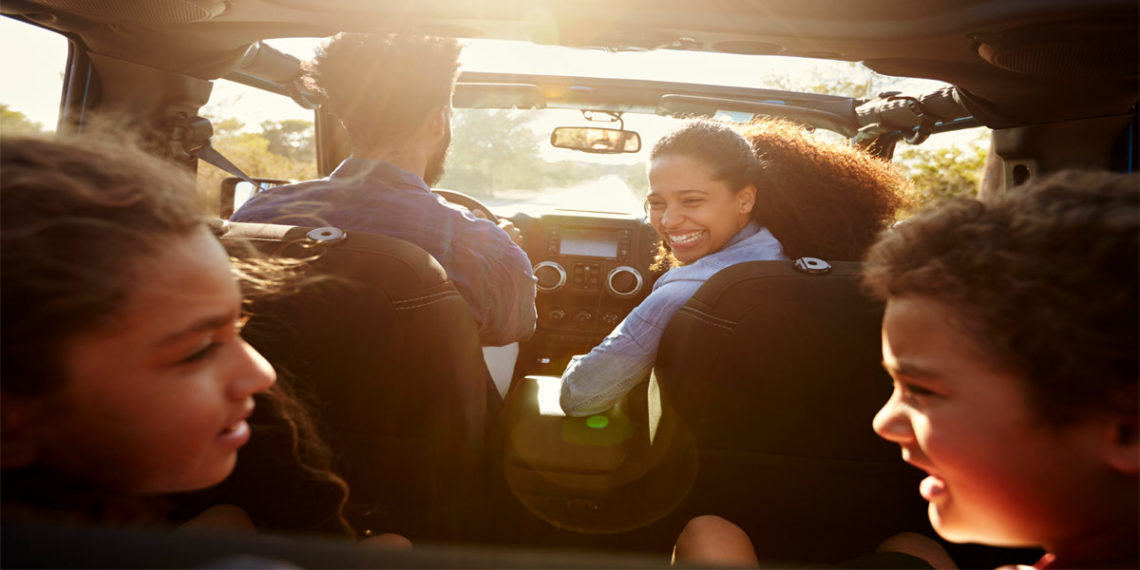You have the freedom to go where you want – to visit a national park, have dinner with friends, drive to Thanksgiving with your family – all thanks to the free market.
Consider one of the most revolutionary free-market innovations of the 20th century: the automobile.
Though the first self-moving vehicle was built in 1769 by Nicolas-Joseph Cugnot, it was Henry Ford in the early 1900s who helped make cars a reality for all people. The Ford Model T became the first mass-produced automobile. By 1927, 15 million Ford Model T’s had been built. In just 20 years, more than one out of every three cars on the road was a Model T because Ford had cut the cost of the vehicle by almost two-thirds.
Cars destroyed the distance between work and home, between home and vacation, and between rich and poor.
Prior to the automobile, it was mostly the wealthy who could regularly leave town for work and pleasure, mostly on passenger trains which others could not afford. Before cars, the average American traveled less than 3,000 miles a year, mostly on foot. Now, the average American travels close to 20,000 miles each year, mostly by automobile.
By giving people the freedom to travel farther in a significantly shorter amount of time, the automobile increased people’s access to better jobs, higher incomes, and homeownership. Families were no longer limited to the work they could reach by foot or by transit. They could buy a home and still have a well-paying job in an urban center. Similarly, employers gained a larger pool of skilled employees from which to choose.
Data validate the importance of automobiles in giving people access to the greatest number of jobs in the shortest amount of time as a way out of poverty. Outside of downtown Seattle, for example, 76 percent of work trips are made by car and this trend is projected to continue into the future as employment expands outside of downtown.
Speaking from my own experience, the ability to buy a car was especially life-changing for my family after we immigrated to America from Russia in 1993. When we first came here, my mother and I walked or took the bus everywhere – including to the laundromat and to our local food bank. It wasn’t until my dad purchased an old Toyota Corolla that my parents were able to work a combined four jobs to pull us out of welfare-dependence, move us into a larger and safer apartment, and ultimately buy their first home in the United States in a more rural part of Washington. To this day, my mom travels 120 miles round trip for work and has a quality of life we couldn’t have dreamed of before owning our first car.
My story is typical and has been repeated by millions of other families who found that owning a car was an essential step on the road to building a better life.
Railroads, bicycles, streetcars, and subways have all played a role in American transportation, but it was the private automobile that produced such enormous benefits at such a low cost.
Cars have continued to adapt to consumer needs. From small affordable vehicles to pickup trucks for work, family cars that offer safety, and environmentally friendly electric or hybrid cars, there are options to suit nearly everyone. Regardless of what kind of car you own, everyone has access to roads and can travel anywhere they want. That’s freedom. That’s the free market.
The free market’s flexibility and agility enables car companies to respond to whatever concerns people have about driving. Transportation technology and car manufacturers are already reducing the environmental impact of cars and improving safety. Rather than attempting to socially engineer travel behavior by making traffic congestion and mobility worse, people who are using technology to increase and expand the benefits of mobility to everyone are working to make the largest and most positive impact in the lives of ordinary families.










